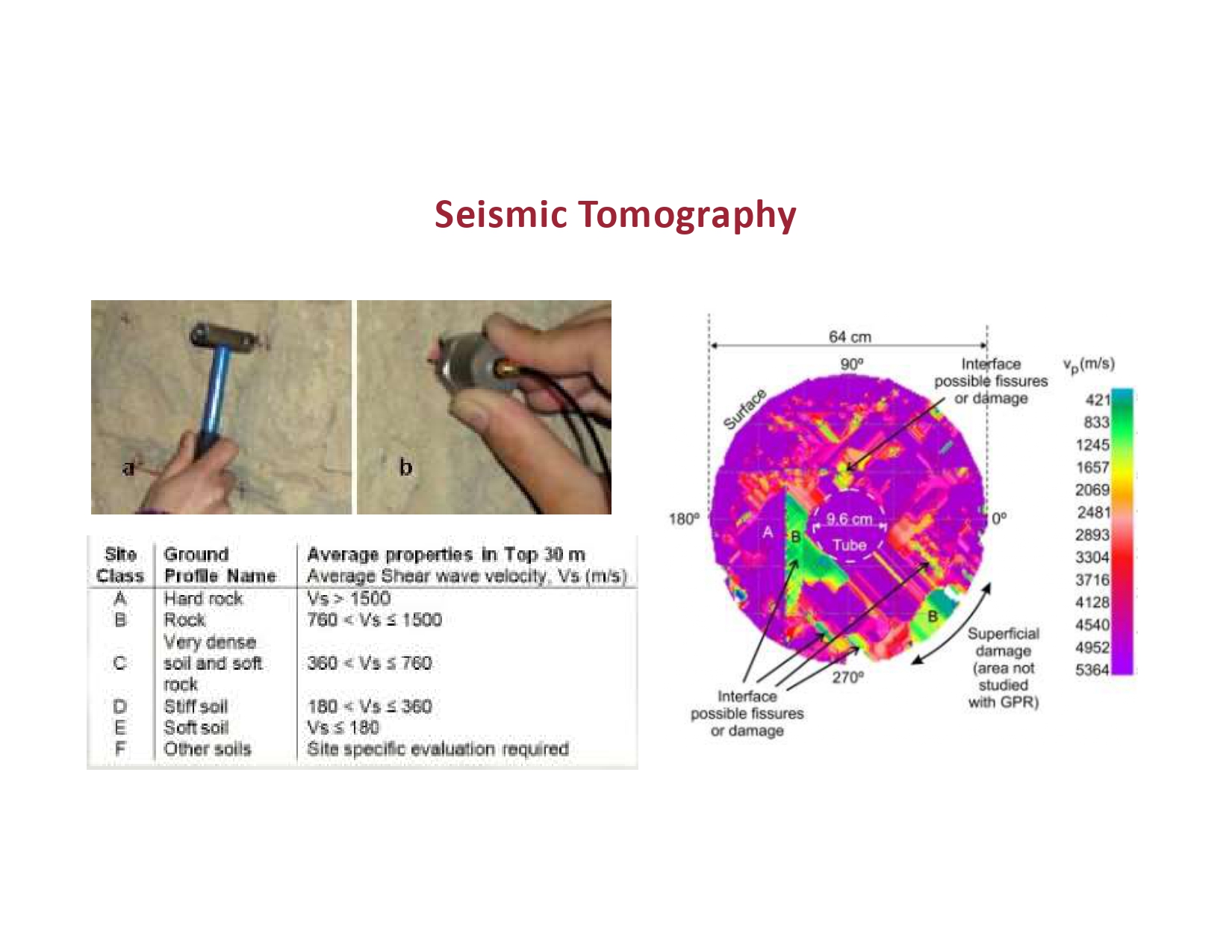Seismic Refraction

Seismic Refraction
MHS employs seismic refraction as a valuable technique for mapping bedrock depth, capable of probing up to 40 meters below the surface. This method utilizes variations in material density and acoustic velocity, collectively known as acoustic impedance, to map the layering of the Earth's subsurface and interpret material types. This process involves measuring refracted seismic waves in relation to the known path of the seismic wave. In this method, an acoustic source generates a seismic event, typically initiated at the surface. The arrival times of resulting waves are recorded by geophones, receiver sites located at known distances from the source. Acoustic energy is introduced to the subsurface by striking a metal plate with a sledgehammer. A seismograph, acting as an instrument, measures the return of the refracted waves.The seismic refraction technique is non-invasive and straightforward to implement, providing quantitative insights into the spatial variations of bedrock depth. Understanding bedrock depth is crucial in geotechnical investigations, as it significantly impacts the stability of structures constructed above it. Shallow bedrock can offer advantages, particularly when robust foundation shoring is required and minimal soil excavation is desired. MHS leverages the seismic refraction method to offer a comprehensive solution for assessing subsurface characteristics. By providing essential information about bedrock depth and its implications, this technique aids in making informed decisions during construction and geotechnical projects.
Applications
- Stratigraphic Mapping
- Estimation of Depth to Bedrock
- Estimation of Depth to Water Table
- Locating Sinkholes
- Landfill Investigations
- Geotechnical Analyses

